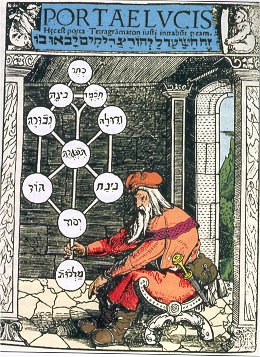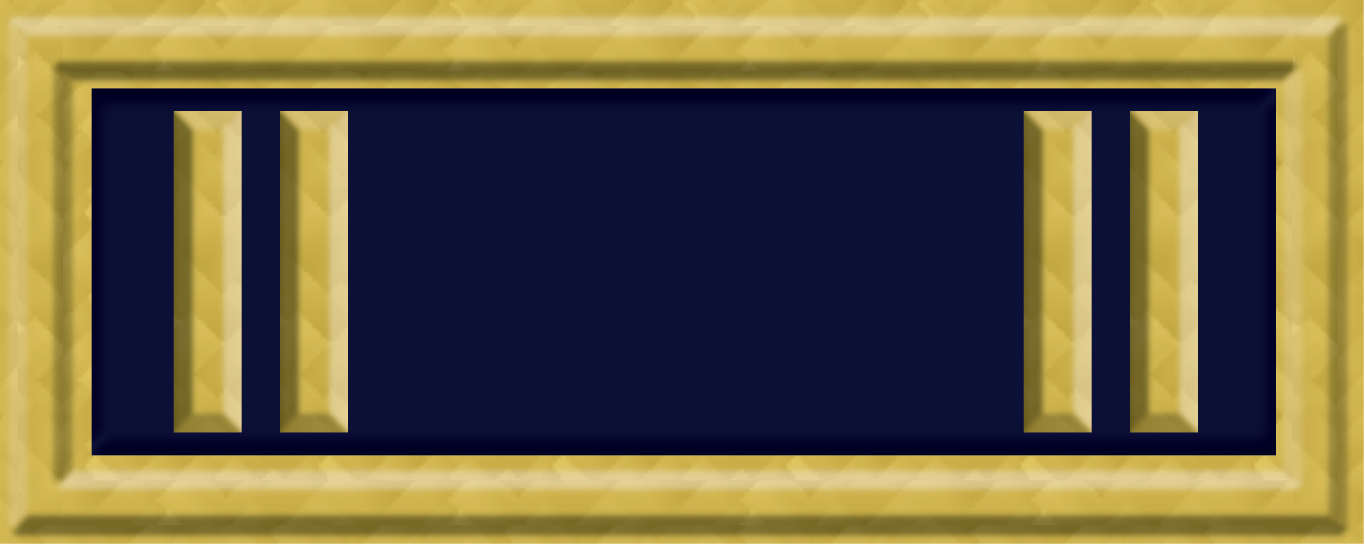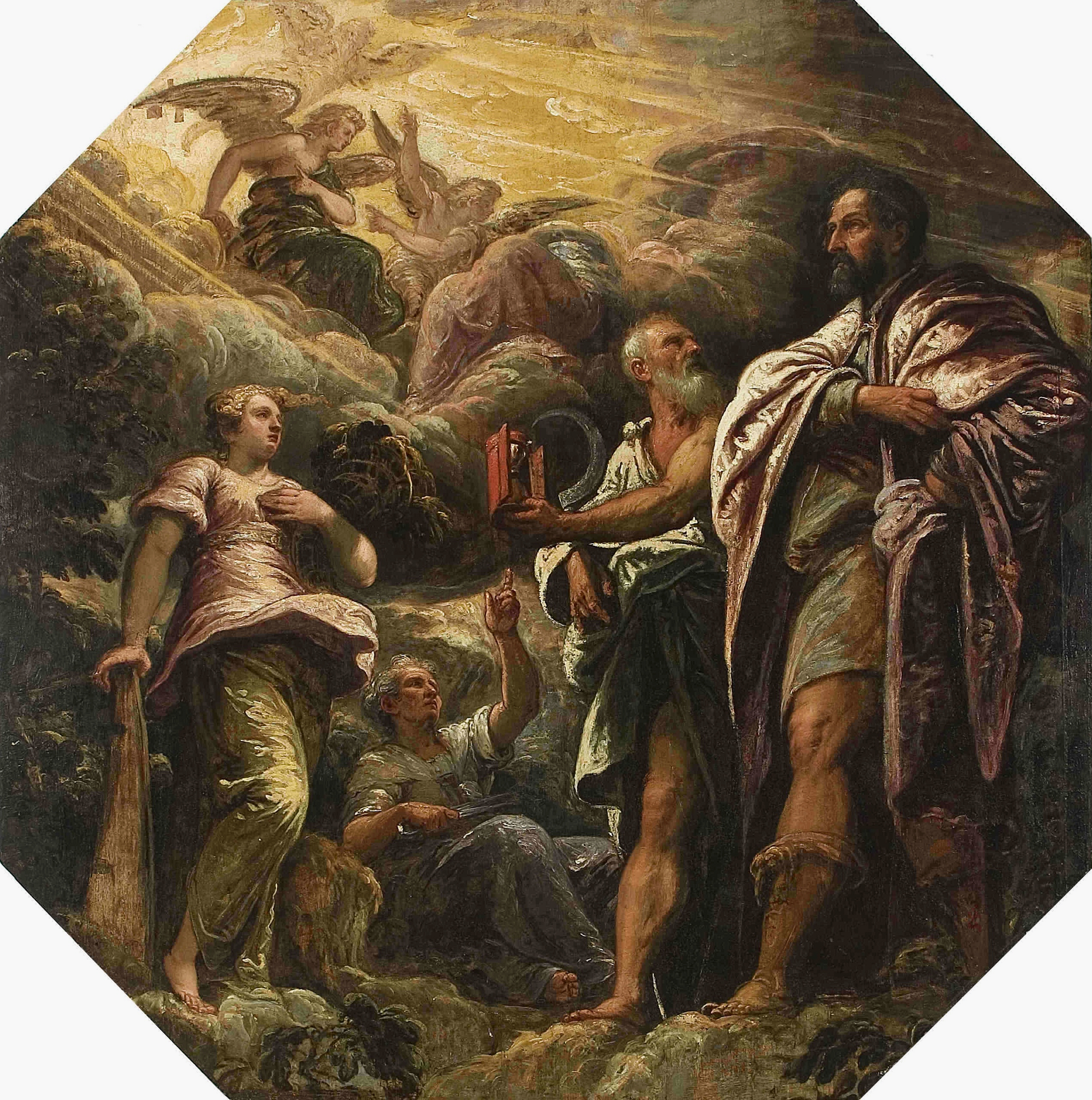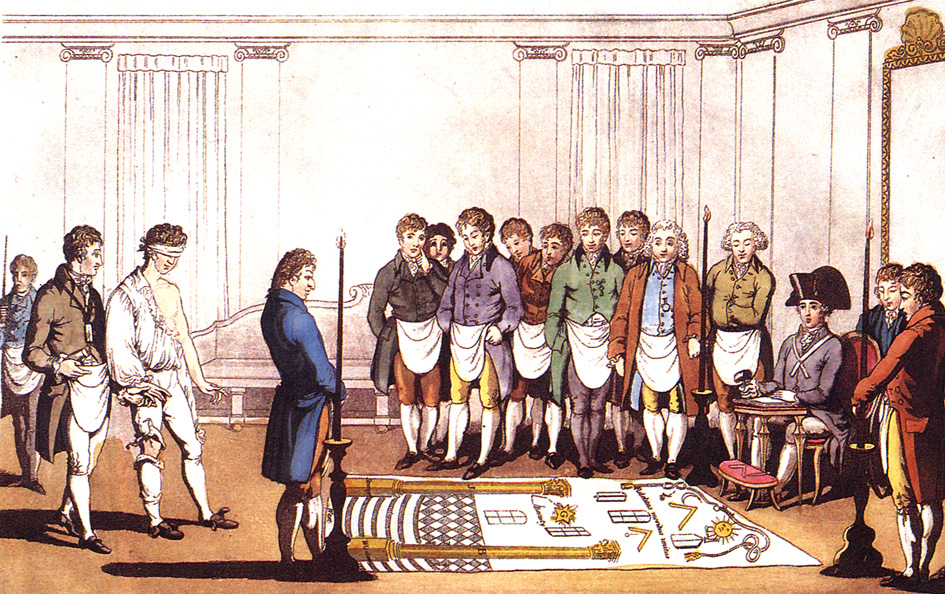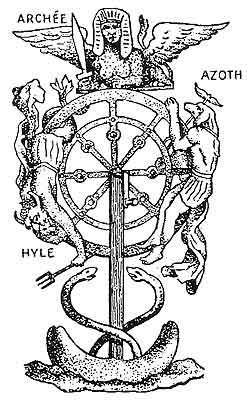|
Morals And Dogma
''Morals and Dogma of the Ancient and Accepted Scottish Rite of Freemasonry'', or simply ''Morals and Dogma'', is a book of esoteric philosophy published by the Supreme Council, Thirty Third Degree, of the Scottish Rite, Southern Jurisdiction of the United States. It was compiled by Albert Pike, was first published in 1871 and was regularly reprinted thereafter until 1969. An upgraded official reprint was released in 2011, with the benefit of annotations by Arturo de Hoyos, the Scottish Rite's Grand Archivist and Grand Historian. Contents ''Morals and Dogma'' has been described as "a collection of thirty-two essays which provide a philosophical rationale for the degrees of the Ancient and Accepted Scottish Rite. The lectures provided a backdrop for the degrees by giving lessons in comparative religion, history and philosophy". The original printing had 861 pages of text, while a 218-page ''Digest-Index'' was added by Trevanion W. Hugo, 33°, G∴C∴, in 1909. Its thirty-two ... [...More Info...] [...Related Items...] OR: [Wikipedia] [Google] [Baidu] |
Esoteric
Western esotericism, also known as esotericism, esoterism, and sometimes the Western mystery tradition, is a term scholars use to categorise a wide range of loosely related ideas and movements that developed within Western society. These ideas and currents are united since they are largely distinct both from orthodox Judeo-Christian religion and Enlightenment rationalism. Esotericism has pervaded various forms of Western philosophy, religion, pseudoscience, art, literature, and music—and continues to influence intellectual ideas and popular culture. The idea of grouping a wide range of Western traditions and philosophies together under the term ''esotericism'' developed in Europe during the late seventeenth century. Various academics have debated various definitions of Western esotericism. One view adopts a definition from certain esotericist schools of thought themselves, treating "esotericism" as a perennial hidden inner tradition. A second perspective sees esotericism as ... [...More Info...] [...Related Items...] OR: [Wikipedia] [Google] [Baidu] |
Philosophy
Philosophy (from , ) is the systematized study of general and fundamental questions, such as those about existence, reason, knowledge, values, mind, and language. Such questions are often posed as problems to be studied or resolved. Some sources claim the term was coined by Pythagoras ( BCE), although this theory is disputed by some. Philosophical methods include questioning, critical discussion, rational argument, and systematic presentation. in . Historically, ''philosophy'' encompassed all bodies of knowledge and a practitioner was known as a ''philosopher''."The English word "philosophy" is first attested to , meaning "knowledge, body of knowledge." "natural philosophy," which began as a discipline in ancient India and Ancient Greece, encompasses astronomy, medicine, and physics. For example, Newton's 1687 ''Mathematical Principles of Natural Philosophy'' later became classified as a book of physics. In the 19th century, the growth of modern research universiti ... [...More Info...] [...Related Items...] OR: [Wikipedia] [Google] [Baidu] |
Scottish Rite
The Ancient and Accepted Scottish Rite of Freemasonry (the Northern Masonic Jurisdiction in the United States often omits the ''and'', while the English Constitution in the United Kingdom omits the ''Scottish''), commonly known as simply the Scottish Rite (or, in England and Australia, as the Rose Croix although this is only one of its degrees), is one of several Rites of Freemasonry. A Rite is a progressive series of degrees conferred by various Masonic organizations or bodies, each of which operates under the control of its own central authority. In the Scottish Rite the central authority is called a Supreme Council. The Scottish Rite is one of the appendant bodies of Freemasonry that a Master Mason may join for further exposure to the principles of Freemasonry. It is also concordant, in that some of its degrees relate to the degrees of Symbolic (Craft) Freemasonry. In England and some other countries, while the Scottish Rite is not accorded official recognition by the Grand ... [...More Info...] [...Related Items...] OR: [Wikipedia] [Google] [Baidu] |
Albert Pike
Albert Pike (December 29, 1809April 2, 1891) was an American author, poet, orator, editor, lawyer, jurist and Confederate general who served as an associate justice of the Arkansas Supreme Court in exile from 1864 to 1865. He had previously served as a senior officer of the Confederate States Army, commanding the District of Indian Territory in the Trans-Mississippi Theater. A prominent member of the Freemasons, Pike served as the Sovereign Grand Commander of the Supreme Council, Scottish Rite (Southern Jurisdiction, USA) from 1859 to 1889. Early life and education Albert Pike was born in Boston, Massachusetts, on December 29, 1809, the son of Benjamin and Sarah (Andrews) Pike, and spent his childhood in Byfield and Newburyport, Massachusetts. His colonial ancestors settled the area in 1635, and included John Pike (1613–1688/1689), the founder of Woodbridge, New Jersey. He attended school in Newburyport and Framingham until he was 15. In August 1825, he passed entrance ex ... [...More Info...] [...Related Items...] OR: [Wikipedia] [Google] [Baidu] |
Morals And Dogma Eagle
Morality () is the differentiation of intentions, decisions and actions between those that are distinguished as proper (right) and those that are improper (wrong). Morality can be a body of standards or principles derived from a code of conduct from a particular philosophy, religion or culture, or it can derive from a standard that a person believes should be universal. Morality may also be specifically synonymous with "goodness" or "rightness". Moral philosophy includes meta-ethics, which studies abstract issues such as moral ontology and moral epistemology, and normative ethics, which studies more concrete systems of moral decision-making such as deontological ethics and consequentialism. An example of normative ethical philosophy is the Golden Rule, which states: "One should treat others as one would like others to treat oneself." Immorality is the active opposition to morality (i.e. opposition to that which is good or right), while amorality is variously defined as an un ... [...More Info...] [...Related Items...] OR: [Wikipedia] [Google] [Baidu] |
Freemasonry
Freemasonry or Masonry refers to fraternal organisations that trace their origins to the local guilds of stonemasons that, from the end of the 13th century, regulated the qualifications of stonemasons and their interaction with authorities and clients. Modern Freemasonry broadly consists of two main recognition groups: * Regular Freemasonry insists that a volume of scripture be open in a working lodge, that every member profess belief in a Supreme Being, that no women be admitted, and that the discussion of religion and politics be banned. * Continental Freemasonry consists of the jurisdictions that have removed some, or all, of these restrictions. The basic, local organisational unit of Freemasonry is the Lodge. These private Lodges are usually supervised at the regional level (usually coterminous with a state, province, or national border) by a Grand Lodge or Grand Orient. There is no international, worldwide Grand Lodge that supervises all of Freemasonry; each Grand Lod ... [...More Info...] [...Related Items...] OR: [Wikipedia] [Google] [Baidu] |
Masonic Ritual
Masonic ritual is the scripted words and actions that are spoken or performed during the degree work in a Masonic lodge. Masonic symbolism is that which is used to illustrate the principles which Freemasonry espouses. Masonic ritual has appeared in a number of contexts within literature including in "The Man Who Would Be King", by Rudyard Kipling, and ''War and Peace'', by Leo Tolstoy. Purpose Freemasonry is described in its own ritual as a "Beautiful and profound system of morality, veiled in allegories and illustrated by symbols". The symbolism of Freemasonry is found throughout the Masonic lodge, and contains many of the working tools of a medieval or renaissance stonemason. The whole system is transmitted to initiates through the medium of Masonic ritual, which consists of lectures and allegorical plays. Common to all of Freemasonry is the three grade system of ''Craft'' or ''Blue Lodge'' freemasonry, whose allegory is centred on the building of the Temple of Solomon, and the ... [...More Info...] [...Related Items...] OR: [Wikipedia] [Google] [Baidu] |
Prisca Theologia
''Prisca theologia'' ("ancient theology") is the doctrine that asserts that a single, true theology exists which threads through all religions, and which was anciently given by God to humans. History The term ''prisca theologia'' appears to have been first used by Marsilio Ficino in the 15th century. Ficino and Giovanni Pico della Mirandola endeavored to reform the teachings of the Catholic Church by means of the writings of the ''prisca theologia'', which they believed was reflected in Neoplatonism, Hermeticism, and the Chaldean Oracles, among other sources. ... icinosaw himself as one member of a venerable sequence of interpreters who added to a store of wisdom that God allowed progressively to unfold. Each of these “prisci theologi,” or “ancient theologians,” had his part to play in discovering, documenting, and elaborating the truth contained in the writings of Plato and other ancient sages, a truth to which these sages may not have been fully privy, acting as they w ... [...More Info...] [...Related Items...] OR: [Wikipedia] [Google] [Baidu] |
Henry Clausen
Henry Christian Clausen (30 June 1905 – 4 December 1992) was an American lawyer, and investigator. He authored the ''Clausen Report'', an 800-page report on the Army Board's Pearl Harbor Investigation. He traveled over 55,000 miles over seven months in 1945, and interviewed nearly a hundred personnel, Army, Navy, British and civilian, as a Special Investigator for the Secretary of War Henry L. Stimson carrying out an investigation ordered by Congress of the Secretary of War. Biography Clausen, a lawyer and a former Assistant United States Attorney from San Francisco, and a "civilian at heart" had joined up "for the duration" of the war, being discharged in August 1945. He was not a Reserve officer. He had been the Trial Judge Advocate for the Army at the (well publicized) court martial of Army inspectors for fraudulent inspections of aircraft engines at the Wright Aeronautical engine manufacturing facility in Lackland, Ohio. He was a Republican like Stimson, who Clausen regar ... [...More Info...] [...Related Items...] OR: [Wikipedia] [Google] [Baidu] |
Éliphas Lévi
Éliphas Lévi Zahed, born Alphonse Louis Constant (8 February 1810 – 31 May 1875), was a French esotericist, poet, and author of more than 20 books on magic, Kabbalah, alchemical studies, and occultism. He pursued an ecclesiastical career in the Catholic Church until, after great personal struggle, at the age of 26, he abandoned the Catholic priesthood. At the age of 40, he began professing knowledge of the occult, and becoming a reputed ceremonial magician. The pen name "Éliphas Lévi", was a transliteration of his given names "Alphonse Louis" into Hebrew. Levi gained renown as an original thinker and writer, his works attracting attention in Paris and London among esotericists and artists of romantic or symbolist inspiration. He left the Grand Orient de France (the French Masonic organization that originated Continental Freemasonry) in the belief that the original meanings of its symbols and rituals had been lost. "I ceased being a freemason, at once, because the Freemaso ... [...More Info...] [...Related Items...] OR: [Wikipedia] [Google] [Baidu] |
Dogme Et Rituel De La Haute Magie
''Dogme et Rituel de la Haute Magie'' ( en, Dogma and Ritual of High Magic) is the title of Éliphas Lévi's first published treatise on ritual magic, which appeared in two volumes between 1854 (''Dogme'') and 1856 (''Rituel''). Each volume is structured into 22 chapters, which parallel the Tarot. Translations Lévi's ''Dogme et Rituel de la Haute Magie'' was translated into English by Arthur Edward Waite as ''Transcendental Magic, its Doctrine and Ritual'' (1896). Waite added a biographical preface and footnotes. A revised edition of this translation was published in 1923. A second translation, ''The Doctrine and Ritual of High Magic: A New Translation,'' by John Michael Greer and Mark Mikituk, was published in 2017 by TarcherPerigee. Response Contemporary Modern The work has recently attracted the attention of scholars for its views on the study of magic (supernatural), magic, religion, natural science and alchemy. Lévi sees magic as occupying a place between science and ... [...More Info...] [...Related Items...] OR: [Wikipedia] [Google] [Baidu] |
René Guénon
René Jean-Marie-Joseph Guénon (15 November 1886 – 7 January 1951), also known as ''Abdalwâhid Yahiâ'' (; ''ʿAbd al-Wāḥid Yaḥiā'') was a French intellectual who remains an influential figure in the domain of metaphysics, having written on topics ranging from esotericism, "sacred science" and "traditional studies" to symbolism and initiation. In his writings, he proposes "to expound directly some aspects of Eastern metaphysical doctrines" of "universal character", or "to adapt these same doctrines for Western readers while keeping strictly faithful to their spirit", following the Hindu pedagogy of "handing down" the doctrines while reiterating their "non-human character". Initiated into Islamic esotericism from as early as 1910 when he was 24, he mainly wrote and published in French, and his works have been translated into more than twenty languages; he also wrote in Arabic an article for the journal ''Al Marifah''. Biography René Guénon was born in 1886 in Blo ... [...More Info...] [...Related Items...] OR: [Wikipedia] [Google] [Baidu] |

